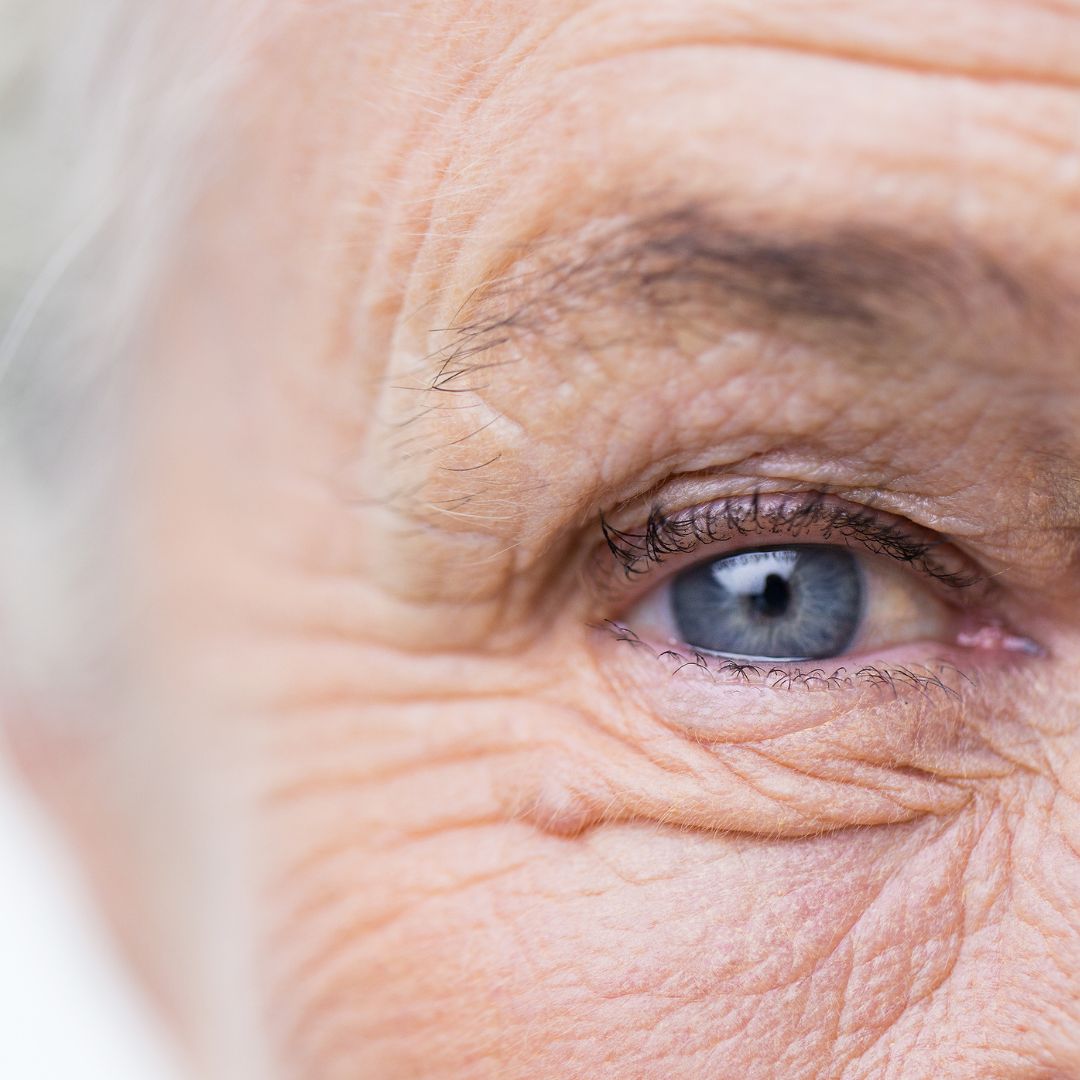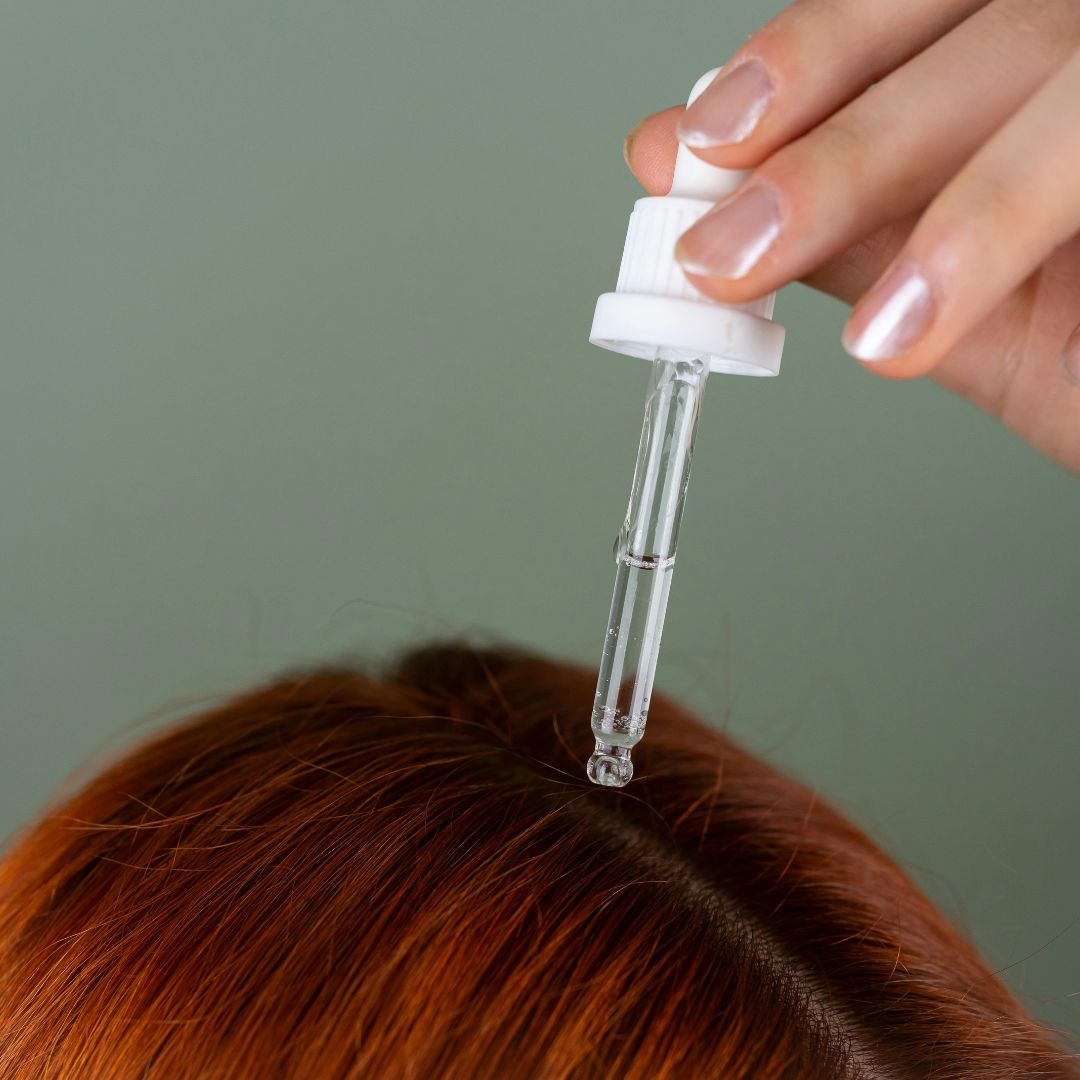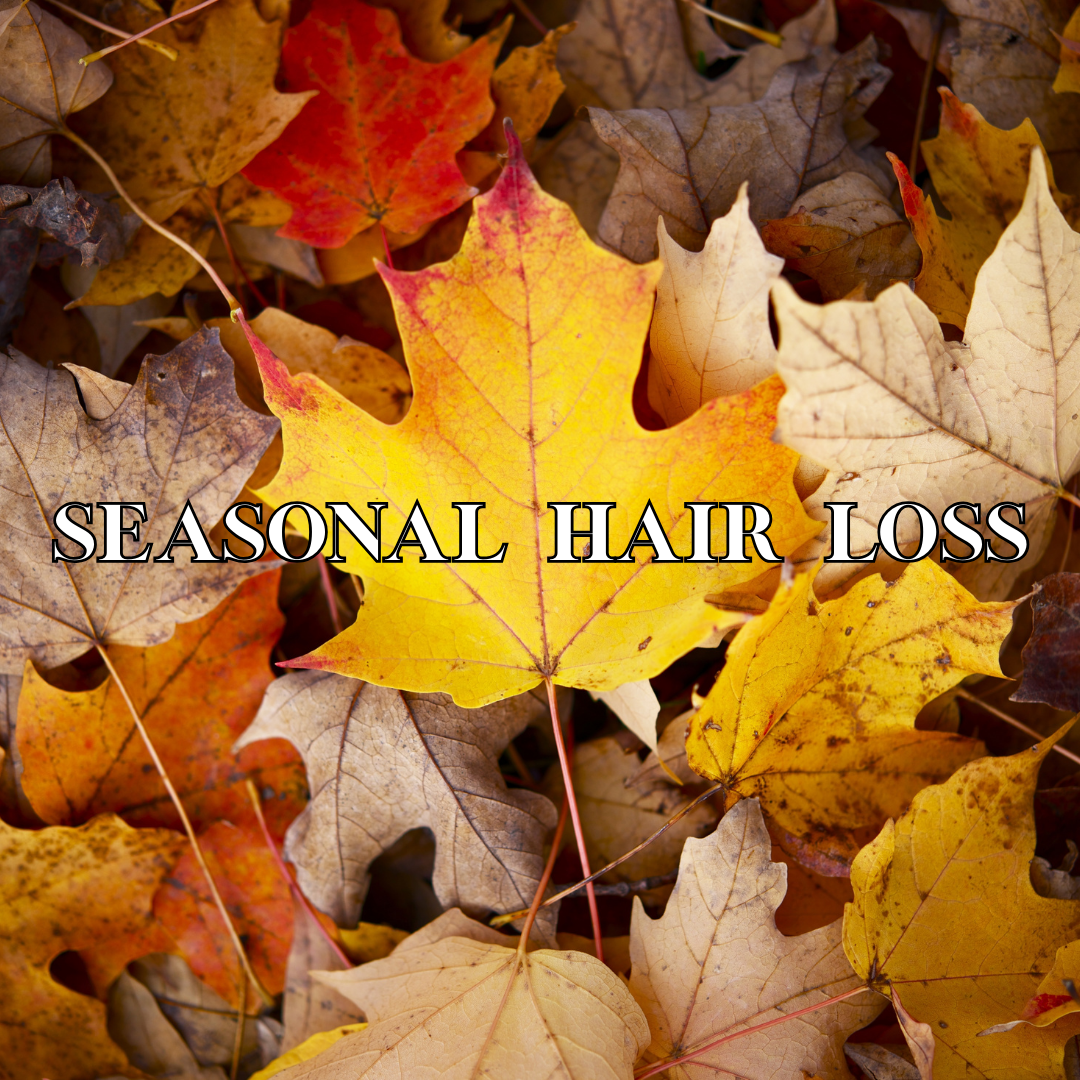Flavio Lucariello - June 30 2025
How to Improve Scalp Health Naturally: Beyond Basics for Real Results

Diffuse thinning, scalp itchiness, dryness, or flakiness? These aren’t just symptoms—it's your body signaling that something's off at the root level.
If you're wondering what is good for scalp health or how to improve or restore scalp health naturally, this guide is for you. We’ll explore the science of scalp oxygen, sweat, and sebum balance, and microbiome wellbeing and everything you need to know to nourish your scalp every day, including nutrient-packed serums and our go-to scalp tool.
1. Oxygen: The Hidden Ingredient for a Healthy Scalp
Your scalp isn’t just skin—it’s living tissue that relies on oxygen to function. Oxygen supports cellular metabolism—and when it’s low, follicles weaken.
- Poor circulation means less oxygen and nutrients to follicles.
- Lack of oxygen can amplify oxidative stress, damaging both scalp and prematurely shedding fibers.
- Oxygen therapies are used in clinics to restore scalp health, reduce inflammation, and energize follicles.
Boost oxygen naturally by incorporating light scalp massage, movement, and hydration into your routine.
Let Your Scalp Breathe: Sun & Hat Smart Starts
- Protect from UV: Thinning scalp is vulnerable—wear UPF hats or apply spray/powder SPF to exposed areas to prevent sun-induced shedding or skin damage.
- Choose breathable headwear: Loose, natural fabrics prevent sweat buildup. Wearing a synthetic cap that traps heat and moisture can lead to irritation—even follicle damage.
2. Sweat Friend or Foe?
Sweat has a dual nature:
✔️ Pro: Encourages blood flow and oxygen delivery to the scalp, helping nourish follicles .
❌ Con: Left on the skin, sweat mixes with sebum and dead cells-it can clog pores, alter pH and feed bacteria and fungi.
Pro tip: Don’t skip post-workout rinses. A quick rinse or gentle cleanse keeps sweat from creating issues while preserving its circulation benefits.

3. Sebum & Microbiome: Balance Is Everything
Your scalp naturally produces sebum—an oily substance meant to moisturize, protect, and defend the skin barrier. But like anything, balance is key.
When sebum is overproduced, it can clog pores, disrupt the scalp’s pH, and create an environment ripe for inflammation and conditions like hyperseborrhea. This suffocates follicles and interferes with healthy oxygenation—essential for growth.
On the flip side, too little sebum leads to a dry scalp, often tight, flaky, and itchy. This compromises the scalp’s natural barrier, making it vulnerable to irritation, environmental aggressors, and even hair thinning over time.
And it doesn’t stop there. When excess oil combines with pollution and UV exposure, oxidative stress spikes. This weakens the scalp barrier, damages follicles, and accelerates scalp aging.
What keeps all of this in check? Your scalp microbiome—the ecosystem of beneficial bacteria and fungi that regulates oil production, pH, and inflammation. But if it’s thrown off balance (by overwashing, harsh products, or stress), it can lead to dandruff, itchiness, and chronic scalp issues.
So what should you do?
4. Practical Steps to Restore and Improve Scalp Health
- Hydrate and move: Drink water, walk, or invert to support circulation and oxygenation.
- Don’t overwash: Use mild, pH-balanced cleansers: Prevent oil depletion or buildup.
- Massage your scalp regularly with your fingertips from the forehead to the nape and back again.
- Weekly scalp exfoliation: Releases trapped sebum and rebalances skin.
- Add lightweight scalp serums: Hydrating or sebum-regulating as needed.
5. Nourish with Targeted Serums & Oils
Your scalp, just like your skin, benefits from targeted nourishment. Oils and serums deliver active ingredients directly to the scalp, helping to restore balance, soothe irritation, and promote stronger, thicker hair from the root.
Natural scalp oils—like rosemary, peppermint, tea tree, and jojoba—have been used for centuries to improve circulation, reduce inflammation, combat dryness, and even protect against microbial imbalances.
On the other hand, lightweight, non-oily scalp serums packed with hydrating agents (like hyaluronic acid), anti-inflammatory botanicals, or vitamin-rich complexes can be used daily to calm irritation, prevent tightness or flaking, and reinforce the scalp’s microbiome.
At Bloome™, we’ve developed two complementary scalp care formulas that address both dryness and thinning at the source:
- Wildflower: A rosemary scalp oil blend designed to stimulate circulation, soothe inflammation, and gently support regrowth—ideal for deeper, weekly use or post-wash scalp treatments.
- Nymphaea: A gentle, water-based daily scalp serum that hydrates, balances the scalp environment, and strengthens follicles—working overtime to reduce hair loss and encourage thicker, stronger growth.
Both are designed to layer easily under your existing routine—and work even better when paired with scalp massage or hair stimulation tools like FLO™.
6. FLO™Brush: The Ultimate Solution To Improve Scalp Health & Boost Hair Growth
Massage alone is great—but sometimes your scalp needs more than skin-deep stimulation:
- Red light therapy energizes follicles and improves circulation.
- Microcurrent reactivates dormant follicles, boosts absorption.
- Vibrating massage relaxes tight scalp tissue, freeing blood flow.
FLO™ brings all three to your bathroom shelf, plus automatic serum dispensing for maximum nutrient delivery—all in just 5 minutes a day.
👉 Discover FLO™ for healthier scalp and hair growth





